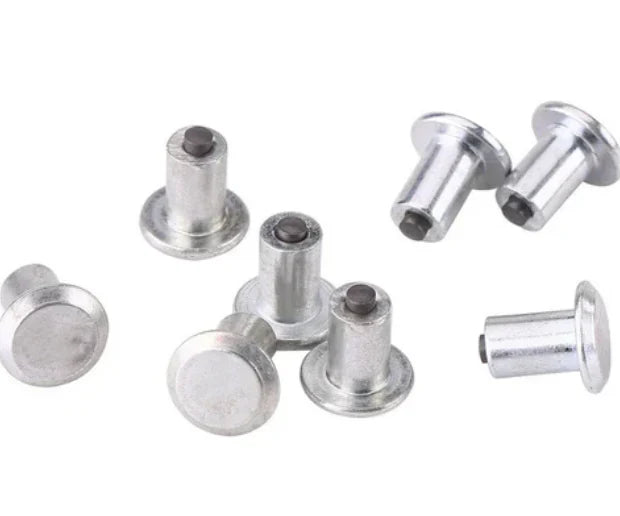
❄️ The Value of Tire Studs for Safer Winter Driving
When icy roads and snowstorms arrive, drivers often look for the most reliable ways to stay safe. One proven solution is the use of tire studs. These small metal pins embedded into winter tires can dramatically improve grip, giving drivers more control in slippery conditions. Let’s explore why studded tires are so valuable, and when they make the most sense.
What Are Tire Studs?
Tire studs are small, hard metal inserts (usually tungsten carbide) placed into the tread of specialized winter tires. Their purpose is simple: to dig into ice and packed snow, providing added traction where standard rubber alone may slip. Studded tires are especially popular in regions with harsh winters, long cold seasons, and frequent freeze-thaw cycles.
The Key Benefits of Tire Studs
1. Superior Grip on Ice
On glare ice, even the best winter tires without studs can struggle. Tire studs act like tiny claws that break through the ice layer, giving your vehicle a secure bite on the road surface.
2. Improved Braking Performance
Stopping distances on icy roads can be drastically reduced with studded tires. This is crucial in emergency situations, where just a few feet can make the difference between stopping safely and a collision.
3. Confidence in Harsh Conditions
Drivers using studded tires often report feeling more in control during snowstorms or when driving on rural roads that may not be salted or plowed quickly. That confidence can reduce stress and fatigue during winter travel.
4. Long-Term Durability
Tire studs are built from extremely tough metals, making them highly resistant to wear. When properly maintained, they can provide several seasons of reliable winter performance.
When Should You Use Studded Tires?
-
Regions with Long Winters: Northern climates with extended periods of ice and snow benefit the most.
-
Rural and Mountain Roads: Areas less likely to be treated with salt or sand make studs especially valuable.
-
Drivers with Regular Commutes on Icy Surfaces: If you face black ice on highways or backroads, studs can significantly improve safety.
However, in areas with milder winters or more rain than ice, traditional winter tires (non-studded) may be sufficient.
Limitations and Considerations
While studded tires offer excellent traction, there are a few things to consider:
-
Road Restrictions: Some regions restrict or limit studded tire use due to potential road wear. Always check local laws.
-
Noise Levels: Studded tires can be noisier than non-studded alternatives.
-
Seasonal Changeovers: They should be swapped out for non-studded tires once winter ends to protect both the studs and the road.
For drivers in snowy, icy regions, tire studs are one of the most effective tools for winter driving safety. They provide unmatched grip on ice, reduce braking distances, and deliver peace of mind in the harshest conditions. While not ideal for every region, they remain a trusted choice where winter driving is most dangerous.
